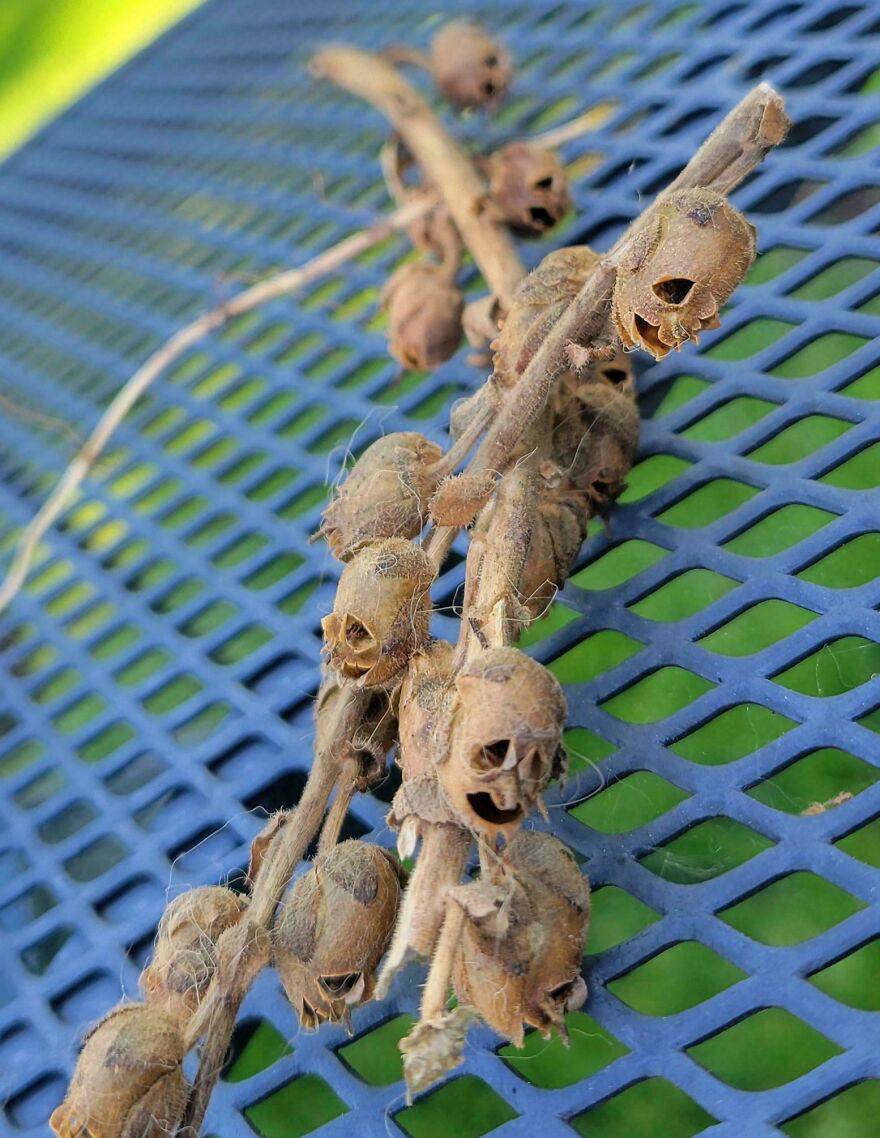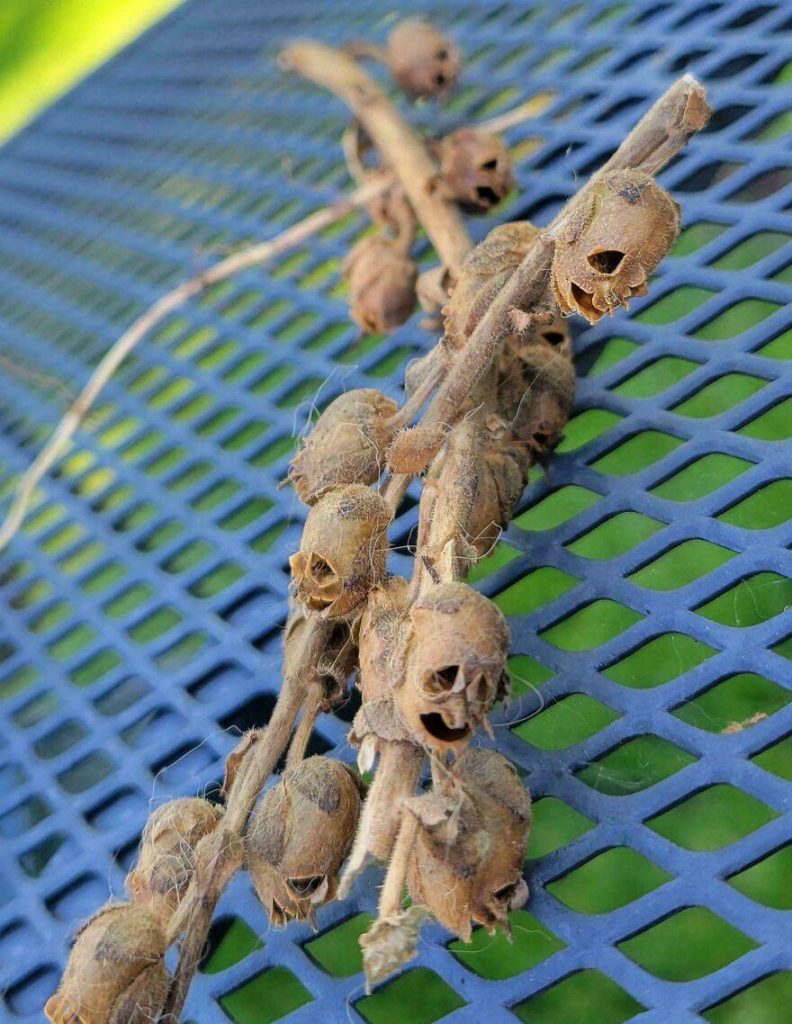The Dried Plant That Resembles Tortured Souls: A Fascinating Look at the “Devil’s Rope” Plant 🌿👻
If you’ve ever come across a dried plant that seems to eerily resemble tortured souls, you’re likely looking at the “Devil’s Rope” (Cuscuta), a parasitic plant known for its haunting, twisting tendrils. Resembling twisted, tortured figures or even ropes of despair, this unusual plant has long captured the imagination of those who encounter it, earning its ominous name for its appearance and its nature.

What Is the “Devil’s Rope” Plant?
Devil’s Rope is the common name given to several species within the Cuscuta genus, a group of parasitic plants. These plants are notorious for their ability to entwine and choke the life out of their host plants. With their thin, threadlike stems that coil and twist in bizarre patterns, Cuscuta can often appear like a tangled mess of ropes—or, in a more poetic sense, like tortured, writhing souls, forever ensnared.
The plant’s lack of chlorophyll, which means it cannot photosynthesize, forces it to rely entirely on other plants for sustenance. Using specialized structures called haustoria, Cuscuta attaches itself to the vascular system of a host plant, essentially stealing nutrients and water while often leaving the host weakened or even dead.
The Eerie Aesthetic
What makes Cuscuta particularly striking is its appearance, especially when it’s dried. Once the plant has completed its parasitic cycle, it takes on an even more ghostly appearance: thin, tangled, and often an eerie shade of brown or gray. The tendrils can twist and coil in intricate, knot-like formations, which, when dried and crumbled, can resemble the haunting shapes of tortured figures or souls in agony.
This appearance is not lost on those who observe it, leading to its association with supernatural themes in folklore and literature. The twisted shape of the dried Cuscuta often evokes feelings of unease, and many have likened it to representations of suffering or the entrapment of spirits, making it a popular subject in tales of the mysterious and macabre.
The Parasitic Nature Behind the Name
The name “Devil’s Rope” refers both to the plant’s sinister appearance and its parasitic behavior. While it might look like something straight out of a gothic horror novel, the plant plays a crucial ecological role. By parasitizing other plants, it can help control overgrowth and influence plant community dynamics. However, this comes at the cost of its host, which is often left struggling for survival.
Interestingly, while the plant is seen as harmful to its host, Cuscuta species are also part of the intricate web of nature, interacting with insects, animals, and other plants. Some species of Cuscuta even have medicinal uses in traditional herbal remedies, though they are less commonly utilized in modern-day practices.
A Plant of Mystery and Horror in Folklore
In cultures around the world, the Cuscuta plant has been associated with both fear and fascination. Some legends depict it as a plant of ill omen, while others believe it to be the manifestation of souls trapped between worlds. The plant’s unnerving appearance has earned it a place in various ghost stories and is sometimes used in rituals and talismans related to the occult or spirit communication.
In literature, Cuscuta is sometimes used to symbolize themes of entrapment, dependency, and decay, adding to its dark, mysterious aura. Its presence in various horror novels and films underscores its role as an eerie and malevolent force in nature.
Nature’s Gothic Creation
While the Devil’s Rope plant might be unsettling to some, it is also a remarkable example of the beauty and complexity of nature. Its sinister appearance, combined with its parasitic lifestyle, makes it a fascinating subject for those interested in plants, folklore, and the darker side of the natural world. Whether you view it as a symbol of suffering or as a natural oddity, Cuscuta stands as a reminder of the mysterious and often eerie wonders that nature holds.


